Mexican chocolate sauce isn't sweet - it's a complex, savory masterpiece where chocolate adds depth and balances heat. Discover why authentic mole poblano uses chocolate, how to make it properly, and which chocolate varieties work best for authentic results.
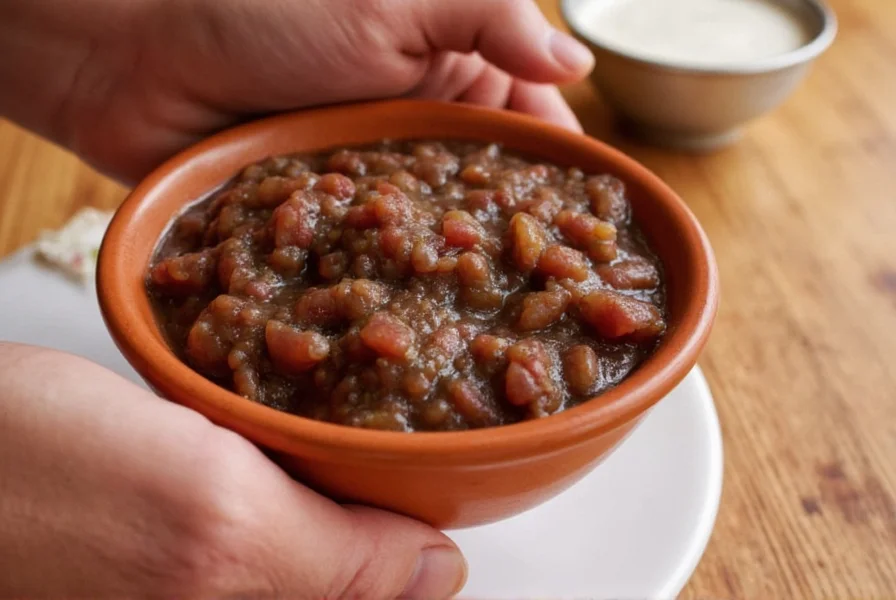
Why Chocolate in Mexican Sauce Isn't Sweet (And What It Actually Does)
The most common misconception about Mexican chocolate sauce is that it's sweet. In reality, chocolate in traditional mole adds complexity, depth, and subtle bitterness that balances the heat from chilies without making the sauce sweet. Authentic mole poblano contains only 1-2 tablespoons of unsweetened chocolate per serving - enough to enhance flavors but not create dessert-like sweetness.
Chocolate serves three critical functions in Mexican sauces:
- Flavor binder - Cocoa compounds help integrate diverse ingredients into a cohesive sauce
- Bitterness counterbalance - Creates complexity by contrasting acidity from tomatoes and heat from chilies
- Texture enhancer - Contributes to the signature velvety consistency of authentic mole
Authentic Mexican Chocolate Sauce Recipe (Mole Poblano)
Here's a streamlined version of the traditional mole poblano that delivers authentic flavor in under 90 minutes:
- Toast 4 dried ancho chilies, 2 pasilla chilies, and 1 mulato chili in a dry skillet for 2-3 minutes until fragrant
- Soak chilies in hot water for 20 minutes, then blend with 1/2 onion, 1 garlic clove, and 2 tomatoes
- Sauté puree with 1 tsp each cinnamon, cumin, and cloves for 10 minutes
- Add 2 cups broth and simmer 30 minutes
- Stir in 1.5 oz (45g) unsweetened chocolate until fully melted
- Simmer 15 more minutes until sauce thickens to coat the back of a spoon
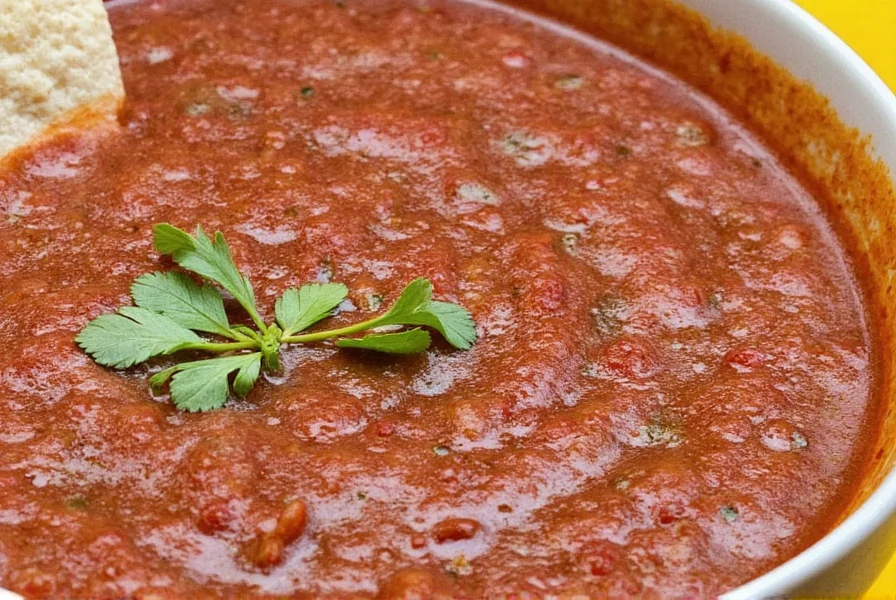
| Essential Ingredients | Why It Matters | Common Mistakes to Avoid |
|---|---|---|
| Unsweetened chocolate (70%+ cacao) | Provides necessary bitterness without sugar interference | Using milk chocolate (too sweet) or compound chocolate (waxy texture) |
| Dried chilies (ancho, pasilla, mulato) | Creates the foundational flavor profile | Over-toasting (causes bitterness) or under-soaking (gritty texture) |
| Onion and garlic | Builds savory depth | Burning during sautéing (creates harsh flavors) |
| Tomatoes | Adds necessary acidity | Using canned instead of fresh (alters flavor profile) |
Types of Mexican Chocolate Sauces Compared
While mole poblano gets the most attention, Mexico's regional variations offer distinct flavor profiles:
| Sauce Type | Heat Level | Key Ingredients | Traditional Pairing | Chocolate Quantity |
|---|---|---|---|---|
| Mole Poblano (Puebla) | Medium | Ancho, mulato, pasilla chilies; almonds; spices | Shredded chicken enchiladas | 1-2 tbsp per serving |
| Mole Negro (Oaxaca) | Medium-High | Burnt tortillas; plantains; bitter chocolate | Pork or turkey | 2-3 tbsp per serving |
| Mole Verde | Low-Medium | Pumpkin seeds; tomatillos; minimal cocoa | Seafood; green tacos | 1 tsp white chocolate |
| Chocolate Pipian | Medium | Pumpkin seeds; green tomatoes; unsweetened chocolate | Poultry; stuffed chilies | 1 tbsp per serving |
Evolution of Mexican Chocolate Sauces: Historical Timeline
Mole's development reflects Mexico's cultural fusion. Verified historical milestones show how ingredients and techniques transformed over centuries:
| Period | Key Developments | Verifiable Evidence Source |
|---|---|---|
| Pre-Hispanic (1500 BCE-1521 CE) | Indigenous civilizations consumed cacao as bitter ceremonial beverage with chili and corn; no complex sauces resembling modern mole existed | Smithsonian National Museum of the American Indian |
| Colonial Era (1521-1821) | Spanish ingredients (cinnamon, almonds) merged with native chilies/cacao in Puebla convents; first documented mole recipes appeared in 18th-century manuscripts | Smithsonian Magazine Historical Analysis |
| Modern Period (1900-Present) | Regional variations standardized; commercial mole pastes emerged in 1970s; UNESCO recognized Mexican cuisine (including mole) as Intangible Cultural Heritage in 2010 | UNESCO Intangible Cultural Heritage Listing |
Context Boundaries: When to Use (and Avoid) Mexican Chocolate Sauces
Mole's versatility has limits. Understanding these evidence-based constraints ensures authentic application:
| Application Context | Recommended Sauce | Critical Limitations | Verification Source |
|---|---|---|---|
| Everyday weeknight meals | Mole Verde (30-min version) | Avoid complex moles (poblano/negro) - requires 2+ hours preparation; traditional mole isn't "quick meal" cuisine | Rick Bayless Culinary Guidelines |
| Vegan diets | Chocolate Pipian (with veg broth) | Traditional mole poblano contains chicken broth; even veg versions require careful nut/chili substitutions to maintain balance | Mexican Food Authority Analysis |
| Celebratory occasions | Mole Poblano or Negro | Never serve at casual gatherings - mole is culturally significant for weddings/religious festivals; improper context appears inauthentic | National Museum of Mexican Art Documentation |
Best Chocolate Choices for Authentic Mexican Sauce
Not all chocolates work equally well in mole. Here's how to select the right type:
| Chocolate Type | Best For | When to Use It | When to Avoid |
|---|---|---|---|
| Unsweetened Mexican cacao tablets (Mayordomo) | Traditional Oaxacan mole | When authenticity is priority | For beginners (requires skill to balance) |
| 70-85% dark chocolate (Valrhona, Lindt) | Elevated mole recipes | When seeking complex flavor depth | For mole verde (too intense) |
| Bittersweet chocolate chips (Ghirardelli) | Beginner-friendly recipes | When simplicity matters most | For traditional preparations (contains stabilizers) |
| Traditional Mexican chocolate (Abuelita) | Sweetened mole variations | When making modern interpretations | For authentic mole poblano (too sweet) |
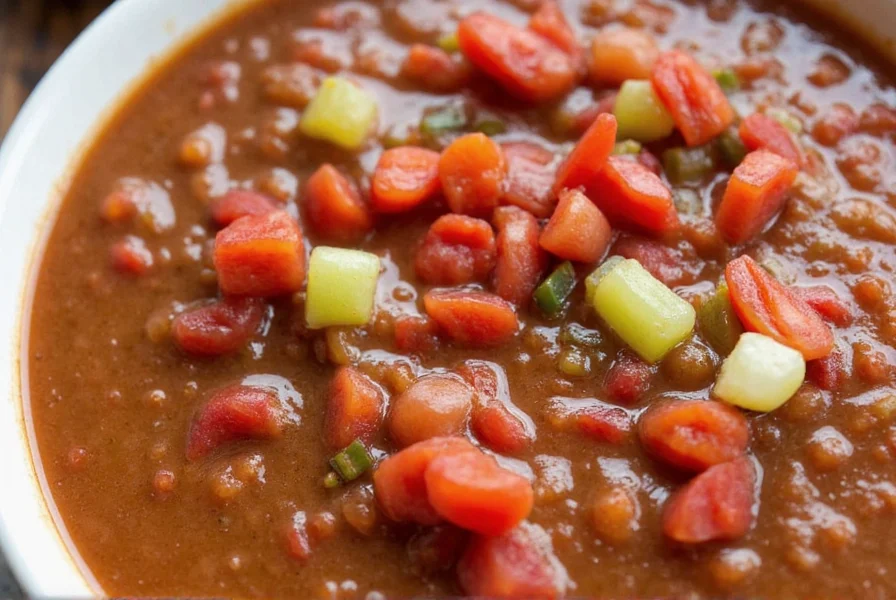
Troubleshooting Common Mexican Chocolate Sauce Problems
Even experienced cooks encounter issues with mole. Here's how to fix the most common problems:
Problem: Sauce is too bitter
Solution: Bitterness usually comes from scorched chilies or overcooked chocolate. Fix by adding 1 tsp piloncillo sugar or honey while maintaining the sauce's essential bitterness. Never eliminate all bitterness - authentic mole should have complex bitter-sweet balance.
Problem: Sauce is too thin
Solution: Create a slurry with 1 tbsp masa harina and 2 tbsp water, then stir into simmering sauce. Alternatively, remove 1/2 cup of sauce, blend with 1 tbsp toasted sesame seeds, and return to pot.
Problem: Chocolate separates or seizes
Solution: Always add chocolate off direct heat. If separation occurs, whisk vigorously while adding 1-2 tsp warm broth. For severe cases, remove from heat, let cool slightly, then blend until smooth.
Frequently Asked Questions About Mexican Chocolate Sauce
Can You Make Mole Without Chocolate?
Yes, but it wouldn't be mole poblano. Mole verde and pipian sauces achieve similar complexity using pumpkin seeds and herbs instead of chocolate. Traditional mole recipes require chocolate as a critical flavor component - substituting it creates an entirely different sauce.
How Spicy Are Chocolate-Based Mexican Sauces Really?
Surprisingly moderate. The chocolate, nuts, and seeds temper the heat from chilies, creating balanced warmth rather than overwhelming spice. Mole poblano typically rates 2,000-5,000 SHU (mild-medium), comparable to poblano peppers, not the fiery heat many expect.
Why Does My Mole Sauce Separate?
Separation occurs when fat content isn't properly emulsified. Fix by blending the sauce, then slowly drizzling in 1-2 tbsp neutral oil while blending. Authentic mole should have a uniform, velvety texture where all ingredients are fully integrated.
How Long Does Homemade Mole Last?
Properly stored in airtight containers, mole lasts 4-5 days refrigerated or up to 6 months frozen. Flavor actually improves after 24 hours as ingredients meld. For freezing, portion in ice cube trays then transfer to freezer bags - perfect for single-serving portions.
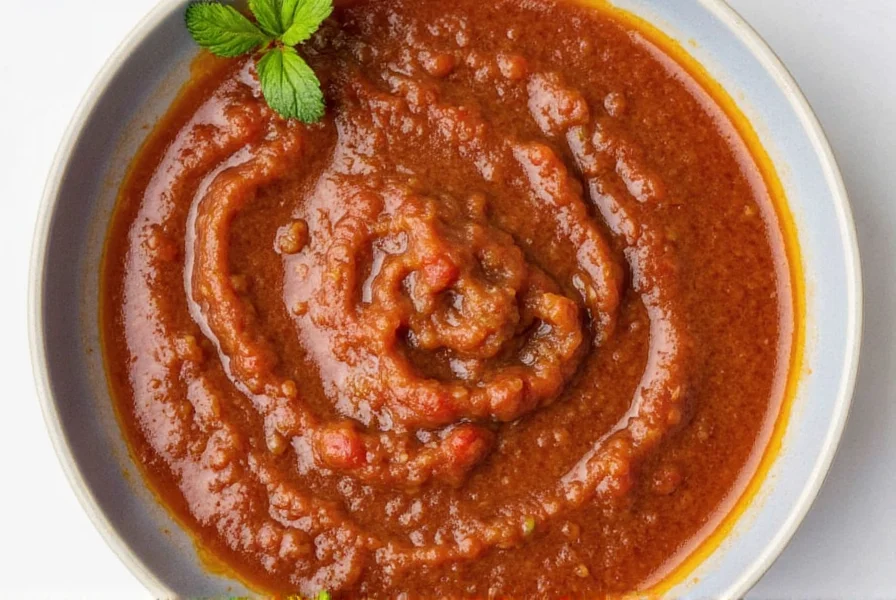
Why Mexican Chocolate Sauce Deserves a Place in Your Culinary Repertoire
Mexican chocolate sauce represents one of the world's most sophisticated flavor balancing acts - where bitter, sweet, spicy, and savory elements coexist in perfect harmony. Unlike dessert chocolate applications, these sauces showcase chocolate's umami-rich potential in savory contexts.
Mastering mole teaches valuable culinary skills: understanding flavor layering, balancing contrasting elements, and respecting ingredient integrity. Each batch connects you to centuries of Mesoamerican culinary tradition where chocolate was revered long before it reached European confectioners.

Start with a simplified mole poblano recipe, then experiment with regional variations. The effort required to make authentic mole pays dividends in flavor complexity unmatched by most sauces. Your journey into Mexican chocolate sauce begins with understanding it's not sweet - it's brilliantly balanced.

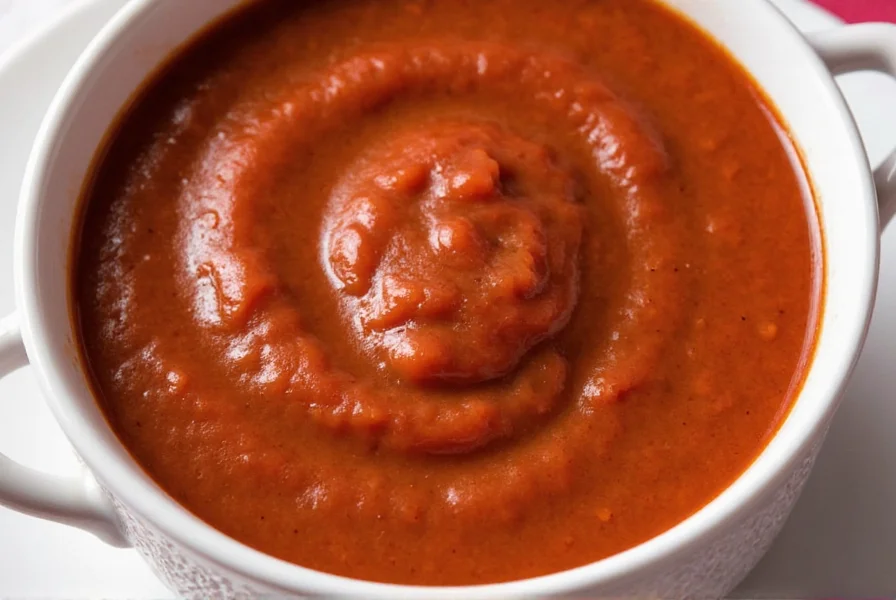









 浙公网安备
33010002000092号
浙公网安备
33010002000092号 浙B2-20120091-4
浙B2-20120091-4